Western Digital Release 22TB Hard Drive in WD Red Pro, WD Gold and WD Purple
That’s Right! WD has now officially released their 22TB series of HDDs to the WD Gold, WD Red Pro and WD Purple Pro series of hard disks. So, why is this such a big deal? Well, anyone who has been watching the development of hard drives over at Western Digital will have surely noticed a tremendous change in strategy by one of (if not THE) biggest brand in hard drives in the last couple of years. For a long time, WD had been a little more cautious in it’s releasing of larger capacities (especially compared with their biggest rival Seagate) and was rarely the first to commercially release the biggest capacities into the consumer and business market. However, the last 24 months have seen WD change this development/release method dramatically and we have seen them release a wide variety of extremely high capacity HDDs into their respect ranges (we only JUST reviewed their 20TB WD Red Pro on YouTube and Western Digital Ultrastar HC560 20TB HDDs here on NASCompares shortly after release). Add to this that these larger capacity HDDs are getting added to each of the brand’s highest-profile product ranges (as well as the 26TB Ultrastar UltraSMR drives being released now in July ’22) and we are seeing a very, VERY different WD to one we saw back in 2019/2020. So, let’s take a closer look at these three new 22TB Hard Drives, what they are designed for and what separates them from one another!
Hardware Specifications of the WD Red Pro, WD Purple and WD Gold 22TB Hard Drives
The first thing to note is that these three 22TB hard drives is that they are designed very similarity in terms of standard hardware architecture. They are all 7200 RPM (rotations per min) and data is spread across 10 internal platters that are comprised of 2.2TB per platter. Despite it’s remarkable capacity, the drive uses traditional CMR/PMR, but is improved upon with the use of energy-assisted magnetic recording too. These amply internal physical storage spacing in accompanied with a huge 512MB of on board cache to keep things moving and each drive also features a small flash module on board known as OptiNAND (we will go into more detail on that in a moment). All three 2TB Hard drives are available in SATA/6Gb (and SAS options available in other model IDs), but thanks to small differences in the gearing of each drive to be better suited to their end user, the WD Red Pro and WD Purple Pro have a maximum reported 265MB/s Sustained Sequential Read and the WD Gold has a much higher and possibly industry winning (for SATA in traditional platter-arm design) 291MB/s Performance, almost half way saturating SATA 6Gb/s. Herre is a breakdown of the specifications of each of the WD 22TB Hard Disks:
| Branding | 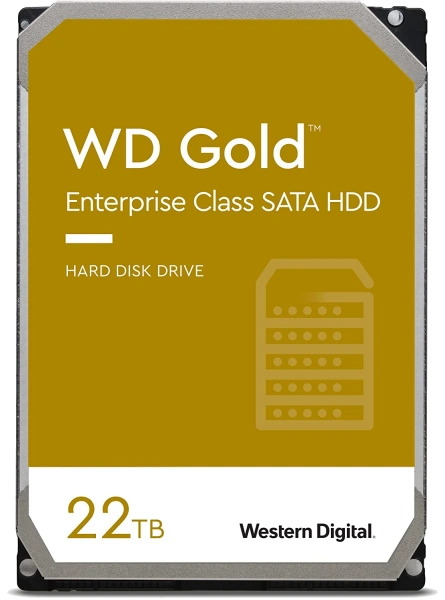 |
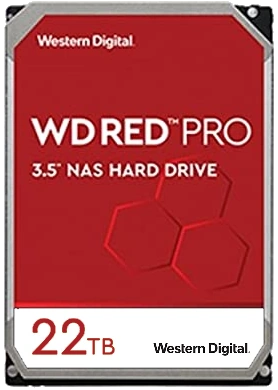 |
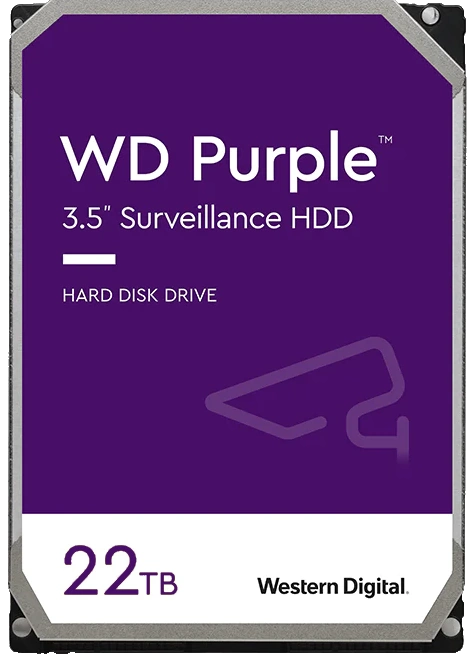 |
| Drive Family | GOLD | RED PRO | PURPLE PRO / AI |
| Price | £639.99 / $769 (Est on Conversion) | £601.99 / $729 (Est on Conversion) | £539.99 / $649 (Est on Conversion) |
| Model ID | WD221KRYZ | WD221KFGX | WD221PURP |
| Designed Use | Data-Center | Large Scale NAS | NAS Surveillance / NVR |
| RPM (Rotations per Minute) | 7200RPM | 7200RPM | 7200RPM |
| Platter Density/Frequency | 10 Platters (2.2TB each) | 10 Platters (2.2TB each) | 10 Platters (2.2TB each) |
| On-board Cache | 512MB | 512MB | 512MB |
| Recording Method | EPMR | EPMR | EPMR |
| OptiNAND | Yes | Yes | Yes |
| Max Performance (aka Transfer | 291 | 265 | 265 |
| Workload Rating (TB per Year) | 550 | 300 | 550 |
| Load / Unload Cycle Rtaing | 600K | 600K | 600K |
| Unrecoverable Read Errors | 1 in 10E15 | 1 in 10E13 | 1 in 10E15 |
| MTBF (Mean Time Between Failure Hrs) | 2.5M | 1M | 2.5M |
| Power Usage (Idle / Active) (W) | 5.7 / 9.3 | 3.4 / 6.8 | 5.6 / 6.9 |
| Manf Warranty | 5 | 5 | 5 |
What is the Difference Between the 22TB WD Red Pro vs WD Gold vs WD Purple Pro HDD?
The WD Red Pro series of HDDs are designed for use in 24×7 NAS servers that are used in Medium-large businesses (recommended for any system in desktop or rackmount above 8 bays). The WD Gold series is designed for Enterprise, Data Center and/or Hyper-scale deployment, as they are geared towards a much faster spin up and spin down, whilst also ensuring high sustained speeds over time and can endure larger scales of write-delete-re-write throughout their lifespan (something very common in enterprise hot-warm-cold storage systems that use different media types at each tier). Finally, there is the WD Purple Por series, a range of drives specifically geared towards surveillance (cameras and data recording instruments generally) and although similar in deployment to the WD Red Pro series (ie small-medium-large business and above 8 bays of storage per system), the main difference is that WD Purple is significant;y geared more towards Write than read, as NVR/Surveillance-servers will spend 95%+ of there operations time WRITING data from recording cameras etc , whilst 5% or less will be spent retrieving/viewing those recordings.
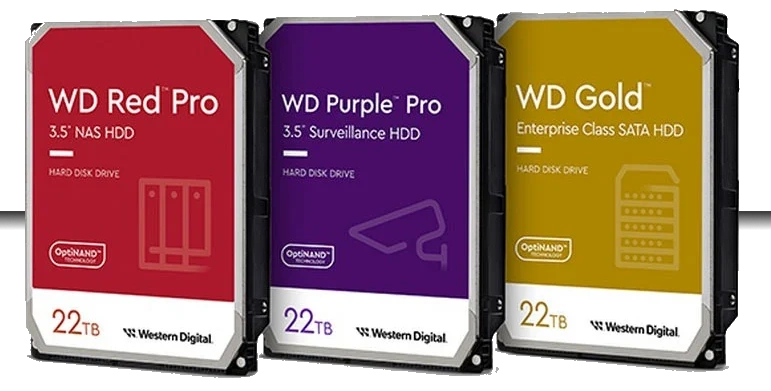
The main difference between all three in terms of actual use is:
- The WD Purple 22TB is an HDD that will allow a tremendously sustainable Write Speed over time but not at the expense of durability, thanks to a high 2.5M MTBF and 550TB annual workload. Therefore ensuring that surveillance recordings are consistent and the drive will have sufficient robust hardware to endure repeated write actions over and over. That heavier focus on write-over-read results in the drive arriving noticeably lower in price than the WD Red Pro or WD Gold.
- The WD Red Pro 22TB HDD on the other hand has a much better Read/Write balance and although is not quite as high in it’s durability upon repeated/recycled writing, it makes up for it by being much better than the Purple Pro when it comes to mixed and sporadic access patterns, as a 24×7 large scale NAS server is likely to do
- The WD Gold 22TB is the premium Hard Drive of the three, with it’s excellent sustained read AND write, as well as high durability of 550TB per year workload, 2.5M MTBF hours and it’s suitability of deployment in hyperscale (12-24-48+ bay) rack environments of NAS or SAN. The only real downside compared with WD Red Pro and WD Purple Pro is that the drive is noisier and consumes more power in use to maintain those speeds and durability over time. The price tag of the WD Gold (at least at the time of writing) is higher than the WD Red Pro and WD Purple Pro too – though that can change later as larger capacities arrive and the RRP becomes increasingly flexible.
That is the core difference between all three 22TB HDDs that WD have released. But what about OptiNAND? Why is that a big deal?
What is OptiNAND and Why is it so Important on a big drive like the WD 22TB?
Of course, users who have been following the developments of WD in their roadmaps and reveals of larger-scale drive media will be aware that the WD Red Pro, Purple and Gold 22TB also features a new technological design being rolled out in these bigger drives to merge existing storage technologies into something even better – OptiNAND. This is a new approach to an old idea that never really took off, where the benefits of small areas of faster NAND storage (more typically associated with SSD media) and affords a small area of NAND to a larger scale hard drive to be used for metadata and for storing data in the event of power failure. Flash is also interesting from a persistence standpoint. DRAM gets flushed on power loss, but NAND is non-volatile and can continue to keep metadata information without having to re-hydrate after a boot sequence, be removed from the system for some reason, or any other event where power drops. The newer gen 18, 20 and 22TB hard drives arrives with a portion of 64-layer/64GB BICS3 (3D TLC)
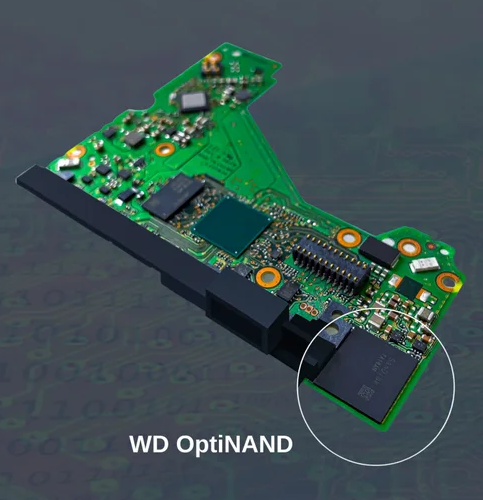
WD states that OptiNAND drives can secure more than 100MB of write cache data in the event of an unplanned power loss, a 50X improvement over standard drives that can flush about 2MB. Hybrid Drive media is not new, but whereas older generation hybrid drives were more parallel in architecture, this is far more intertwined. It also brings enhancements to the firmware algorithm and system-on-a-chip (SoC). Once again, to be clear, OptiNAND and its iNAND isn’t flash cache (such as the 512MB this drive also features). Rather, it’s a portion of flash memory used to store metadata–or data about existing data–so they can be managed more efficiently.
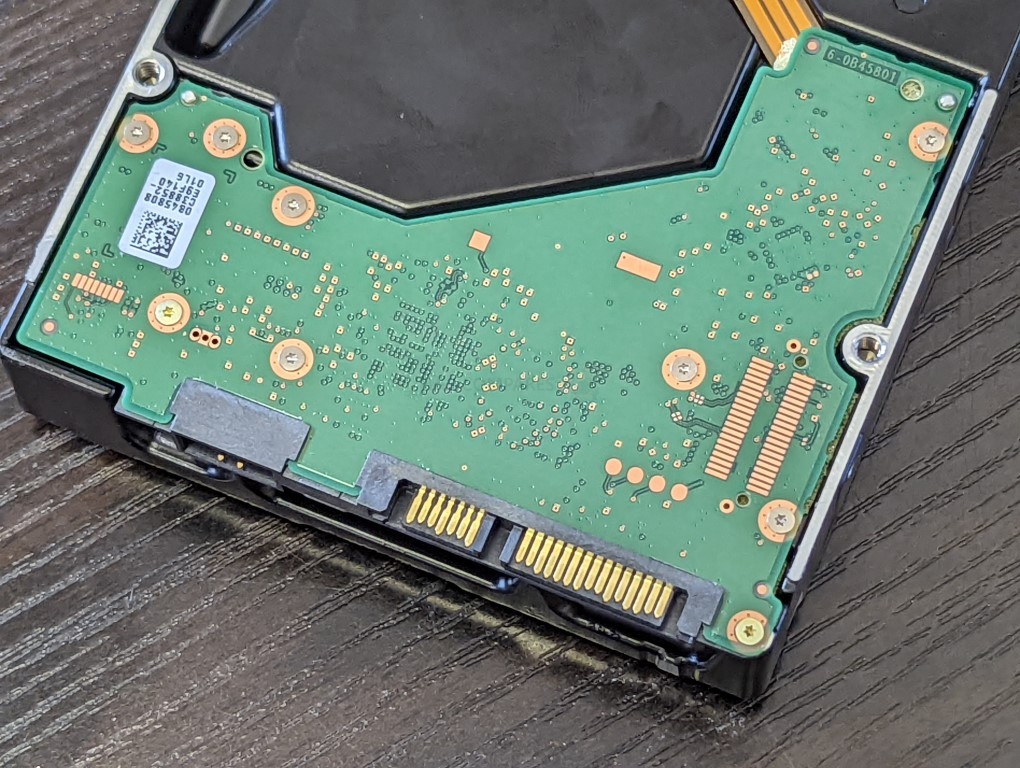
The slice of iNAND has its own dedicated controller, much like an SSD. While metadata management itself doesn’t help to increase platter density, it enables a range of benefits that do. As one can imagine, the higher the density of the HDD, the more metadata it generates. Moving metadata to a fast, dense and scalable storage area gives more freedom for manufacturers to create higher capacity drives.
| OptiNAND | DRAM |
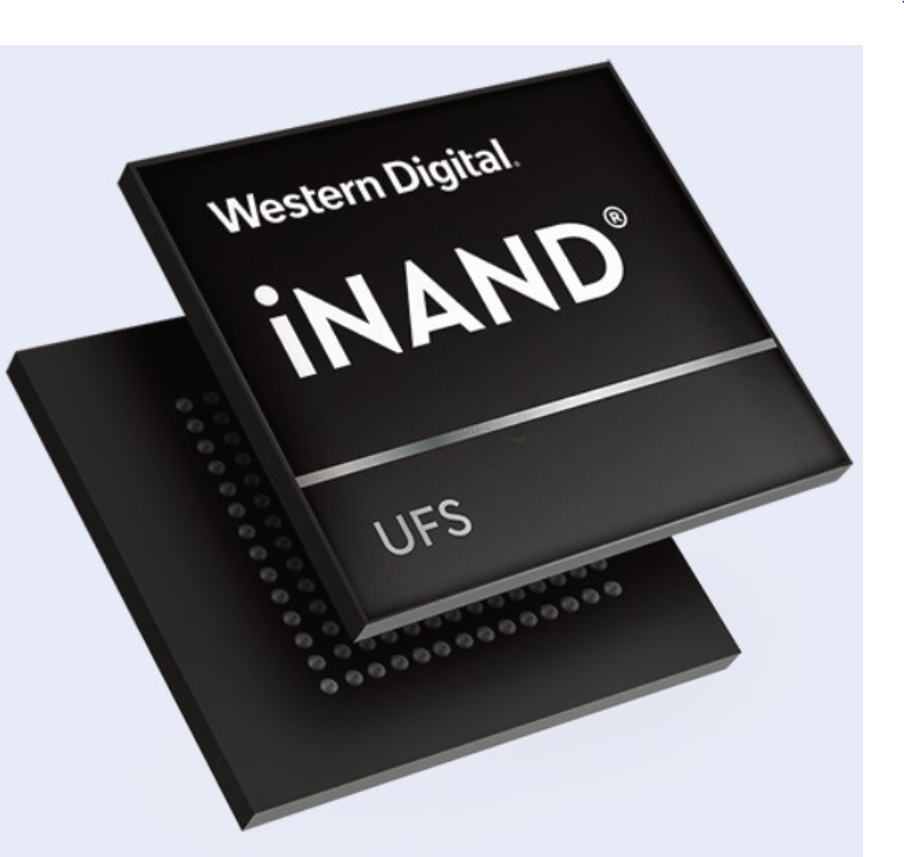 |
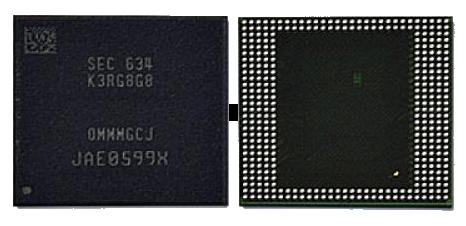 |
But why choose NAND over DRAM? Western Digital explained back in August 2021 that modern high-density HDDs generate gigabytes of metadata and it’s too costly to include sufficient DRAM to hold it. In addition, moving metadata to their own dedicated area will free up more space on the platters themselves to store user data. There’s more to it than capacity increases, though; using OptiNAND also helps with reliability, specifically with the repeatable runout (RRO) and adjacent track interference (ATI).
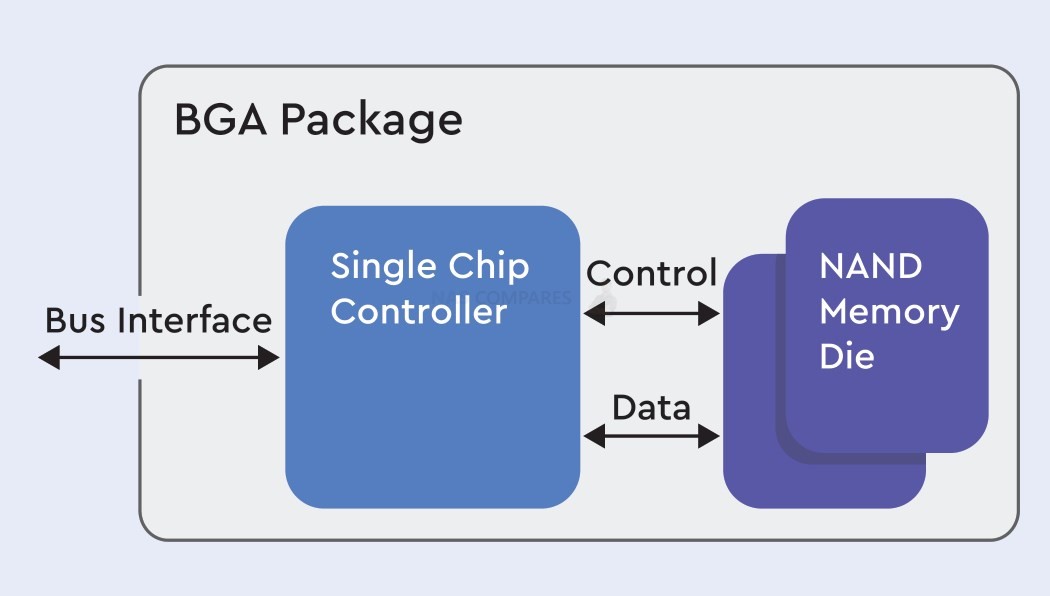
When Will the WD Red Pro, WD Gold and WD Purple Pro 22TB Hard Drive Be Released and the Price?
In short, all three 22TB Hard Drives are available NOW, as they were officially released by Western Digital Earlier today. Expect stock to take a little longer to arrive, maybe by the end of July ’22, but as we speak, they are being gradually added to WDD’s websites and online portals. Regarding pricing, only the WD Red Pro Price of £601 from WD themselves. The rest of the pricing of 22TB drives in WD Gold and Purple will likely hit circulation shortly.
| Branding |  |
 |
 |
| Drive Family | GOLD | RED PRO | PURPLE PRO / AI |
| Price | £639.99 / $769 (Est on Conversion) | £601.99 / $729 (Est on Conversion) | £539.99 / $649 (Est on Conversion) |
📧 SUBSCRIBE TO OUR NEWSLETTER 🔔
🔒 Join Inner Circle
Get an alert every time something gets added to this specific article!
This description contains links to Amazon. These links will take you to some of the products mentioned in today's content. As an Amazon Associate, I earn from qualifying purchases. Visit the NASCompares Deal Finder to find the best place to buy this device in your region, based on Service, Support and Reputation - Just Search for your NAS Drive in the Box Below
Need Advice on Data Storage from an Expert?
Finally, for free advice about your setup, just leave a message in the comments below here at NASCompares.com and we will get back to you. Need Help?
Where possible (and where appropriate) please provide as much information about your requirements, as then I can arrange the best answer and solution to your needs. Do not worry about your e-mail address being required, it will NOT be used in a mailing list and will NOT be used in any way other than to respond to your enquiry.
Need Help?
Where possible (and where appropriate) please provide as much information about your requirements, as then I can arrange the best answer and solution to your needs. Do not worry about your e-mail address being required, it will NOT be used in a mailing list and will NOT be used in any way other than to respond to your enquiry.

|
 |
2x 10GbE to USB4 Adapter - DO YOU NEED THIS?
New Gl.iNet Beryl 7, Comet 5G SIM KVM and Flint 3e Value Router Revealed
NEW UGREEN DXP4800 PRO and DXP4800S NAS REVEALED
NanoKVM Pro Review - SO, SO CLOSE TO PERFECT...
Jonsbo N6 DIY NAS Case - NINE BAYS????
New UnifyDrive UP6 INSANE NAS + UC450 Pro and UC250 NAS Revealed
Access content via Patreon or KO-FI
Discover more from NAS Compares
Subscribe to get the latest posts sent to your email.






Great review, mate. Helped me to choose the drive ????
REPLY ON YOUTUBE
Maybe i missed it but is there a video of yours comparing the boise of the 20tb specifically to the 18tb. I currently have a bunch of 18tb shucked in synology nas in a loft situation so trying to keep noise down but maximizing hd size.I know this drive design as you state isnt just the next size up but a different design from the 18tb.
REPLY ON YOUTUBE
Can you do a noise level test?
REPLY ON YOUTUBE
Terabytes… They’re called terabytes
REPLY ON YOUTUBE
I have the 18TB WD Red Pro. It doesn’t have the OptiNAND and it has 2TB platters but it’s still faster than this 20TB. OptiNAND might not be a good thing in terms of reliability either. You can’t swap a PCB on a HDD when that chip holds all the metadata. And if the chip goes bad it corrupts complete sectors at a time on the HDD. Also what happens to the data on NAND when you have it in poweroff state for years?
REPLY ON YOUTUBE
There is still somebody buying something from that liars in WD?
REPLY ON YOUTUBE
Great video, thank you. On the WD shop you can now buy a pair of these for £734.99 – bargain! Some people on hotukdals have managed to get a pair for £561. That’s cheaper per disk than Scan are selling the 10TB! Also, I have an Asustor AS5304T, is there any chance you can test these drives in that NAS? Thanks, Chris.
REPLY ON YOUTUBE
Thanks for the video.
On the QNAP, I guess the “Detected Incompatible Disk” message actually mean that the drive was previously used (partitioned) on Synology, obviously in a way the QTS doesn’t recognize. IMO, it has nothing to do with the compatibility list.
This is easy to test: just erase/zero the drive (partial erase would do) in a HDD dock, then try again.
L.E. I’ve actually seen this recently on the QNAP forum, someone attempted to migrate QuTS Hero (ZFS) formatted drives in a QTS (mdadm+EXT4) NAS (problem solved by switching the OS on the NAS to QuTS Hero). It’s a logical incompatibility, not at all what Synology is doing.
REPLY ON YOUTUBE
All is well to those who have money, damned poverty…
REPLY ON YOUTUBE
300tb / year workload makes this best in class _by itself_ at both the price point and capacity, not to mention that they didn’t skimp on cache & speed
REPLY ON YOUTUBE
69.5k subs *_niice_* **^.~**
REPLY ON YOUTUBE
As a guide, I ordered 2 4TB WD Reds for my Terramaster. They refused to work. So I bought Seagate instead. Marvellous.
REPLY ON YOUTUBE
I prefer my 20tb Exos. They work like a charm.
REPLY ON YOUTUBE
Great review, including some very helpful additional info. Thank you.
REPLY ON YOUTUBE
how long does a format will take on this 20TB drive
REPLY ON YOUTUBE
Hi is it possible to backup a usb hard drive connected to a Mac to a synology nas drive automatically??
REPLY ON YOUTUBE
Thanks for the great content!
When do you think we may see the brand new DS1823+ ? I’ve been holding off in anticipation of this unit… Also, do you think it will have the same restrictions pertaining to compatible drives as the DS2422+ ?
REPLY ON YOUTUBE
Got 3 x 16tb WD PRO, nice and cheap the other month £275 each, basically paid for the 6 bay QNAP enclosure.
REPLY ON YOUTUBE
Funny Robbie, ya missed on the edit at 21:00, and repeated yourself 3 times … just funny.
REPLY ON YOUTUBE
TBH the ridiculous price of “NAS” drives aren’t worth it these days. Just get enterprise instead, which is the better drive anyway. 20 TB Ultrastars is available for around €425. The one to get though is 18 TB variant at around €325.
REPLY ON YOUTUBE
From the WD product page we can see the Pro 20TB NAS drive uses CMR recording technology, and is suitable for ZFS or BTRFS error recovery schemes. The price is about $800 USD. What’s notable is these use CMR but the drives are hybrid SMR, but set at the factory in CMR-only mode. So this is great news!
REPLY ON YOUTUBE
Strange number of writes for these drives. A raid rebuild with only 300 TB for this drive that’s easy to reach in a server.
REPLY ON YOUTUBE
Thank you and my mind is a little wobbly now from the information dump. Well done. Cheers to you and the bloody seagulls, noisy rats with wings, nasty. Cheers!
REPLY ON YOUTUBE
Hai anna iam Nagendar Anna na age 42 Sweetlovee.Monster qualification m.l.t medical lab technicianf ,Srpt lo jobs unte cheppagalaru anna.with govt Jobs
REPLY ON YOUTUBE
And where is the Seagate matching 20TB drive?
REPLY ON YOUTUBE
Can we get it in SAS as well?
REPLY ON YOUTUBE
£600
Phew!
REPLY ON YOUTUBE
Cheers for watching! Just a quick note, I have a much, MUCH deeper video on NAS HDD Compatibility in the works that should be out later this week, featuring Synology, QNAP, Terramaster & Asustor and to what extent this new WD Red Pro 20TB NAS Hard Drive is compatible with them.
REPLY ON YOUTUBE